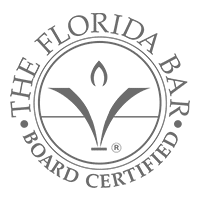IMMIGRANT INVESTORS & THE EB-5 VISA: HOW THE IMMIGRANT INVESTOR PROGRAM WORKS
This program allows qualified persons to seek permanent resident status based on an investment in a U.S. company. The current amount of investment is either $800,000 or $1.05 million depending on the project or location in the United States. The investment must be in a business that will create jobs for 10 permanent jobs in the U.S. A quota of 10,000 EB-5 green cards are available each year. Most investors choose a project that is sponsored or affiliated with a USCIS designated regional center. Others, may choose a direct or standalone EB-5 business.
Qualifications
To qualify under the program, a potential investor may invest in commercial enterprise where they are the only EB-5 investor (called an EB-5 Standalone or Direct business), or in a pooled investment which funds a commercial enterprise through a “Regional Center.” Regional Centers are generally private companies in specific targeted geographic areas which the USCIS has determined can make investments that are likely to create the necessary 10 jobs per investor, whether directly or indirectly, in the region. In many regional centers the minimum capital contribution is $800,000, plus administrative or syndication fees that may range between $35,000 to $70,000. Many regional centers involve partnership investments, a structure which is permitted by USCIS in order to grant the investor a somewhat active role in the company but which is not completely passive.
Advantages & Considerations of an EB-5 Regional Center
One potential advantage investing through a Regional Center (in contrast with a standalone business) is that some investment projects can be pre-approved by the USCIS with respect to the investment financing structure of the project, and with respect to the job creation methods. Regional Center projects have the distinct benefit of being able to count indirect and induced jobs as forecasted by a reasonable economic methodology. As well, regional centers and their projects are required to submit annual reports of their financial status and job creation history to the USCIS each calendar year. Today, there are hundreds of EB-5 Regional Centers (and more emerging every day) around the United States. Since March 15, 2022, when the EB-5 Reform and Integrity Act of 2022 (“RIA”) was enacted, requirements for a previously approved or new regional center must undertake new compliance requirements. Selecting the right one is very important and requires an understanding of how each EB-5 Regional Center functions.














